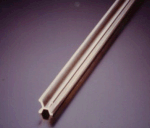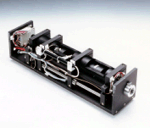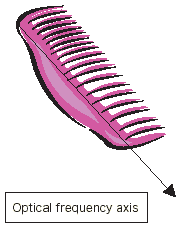Standards for the SI Base Units - Length
The Evolution of the Definition of the Meter
The meter, unit for length, was first realized as the Prototype of the meter, based on the length of the meridian of the Earth. This Prototype was internationally adopted by the first General Conference on Weights and Measures in 1889. In 1960, the meter was redefined by using the wavelength of the spectrum of krypton-86. In 1983, the development of laser technology brought about another redefinition by using the speed of light in vacuum, which made the length standard even more accurate.


Optical Frequency Measurement by Femtosecond Ultrashort Puleses
The definition of length based on speed of light has become more accurate with the advent of this technology, although this refinement of the definition has not resulted in any redefinition of length.
Optical Frequency Comb
Femtosecond ultrashort pulses are considered to be a group of many modes arranged at equal intervals on the frequency axis and are called a "comb" due to their resemblance to the teeth of a comb. This is, in a way, "ruler of optical frequency".

Coherent Rainbow
The separation of femtosecond ultrashort pulses into their spectra results in a rainbow. This rainbow is considered to be formed by many laser lights, and is coherent and very bright unlike a rainbow by sunlight. In 1999, this type of rainbow was proven capable of being used as "ruler of optical frequency", which was a breakthrough in the field of optical frequency measurement.

